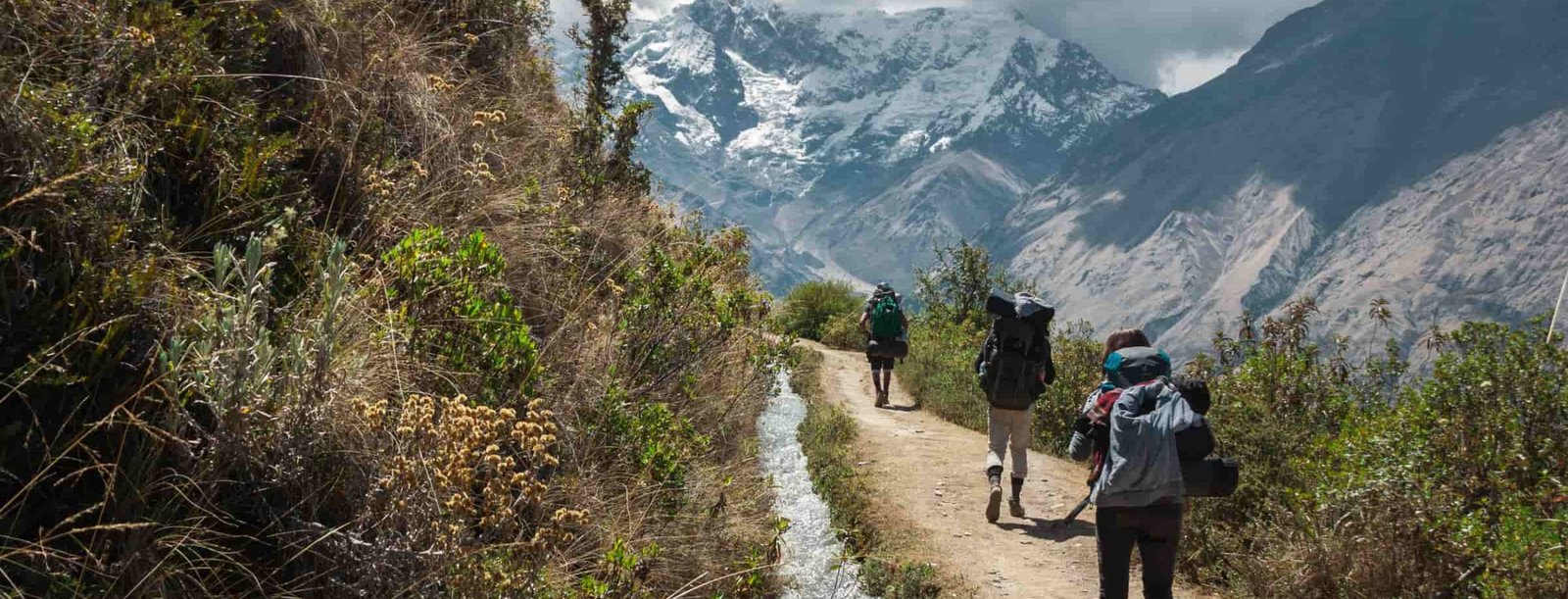
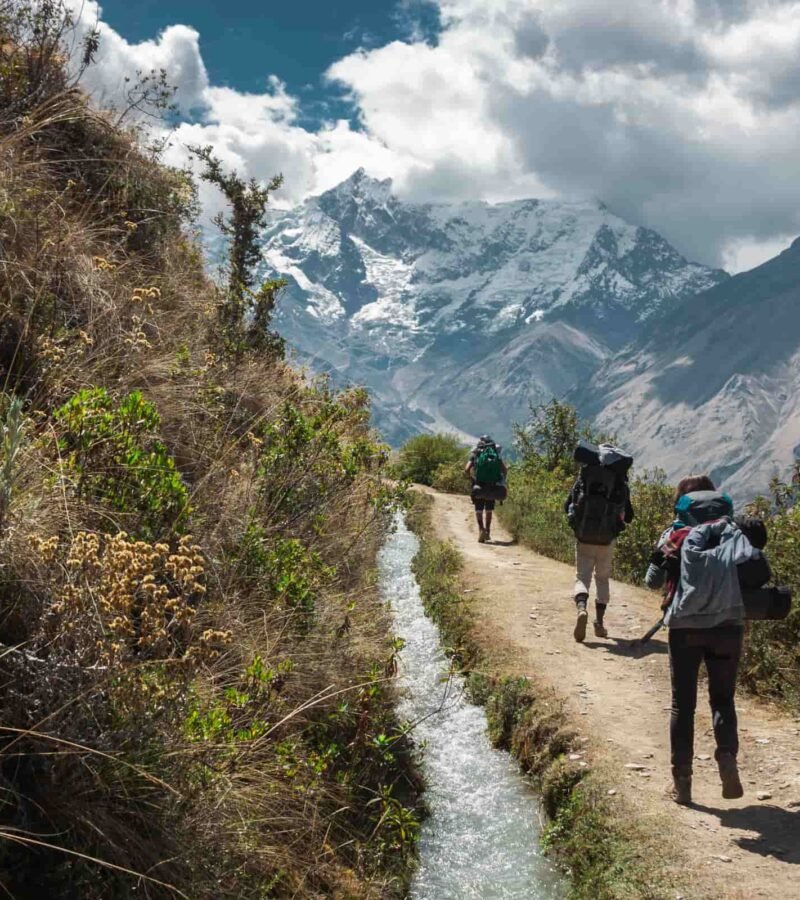 SALKANTAY TREK TO MACHU PICCHU 5 Days
SALKANTAY TREK TO MACHU PICCHU 5 DaysThe Salkantay Trek, is one of the best alternative routes to Machu Picchu. Trekking to Machu Picchu along the Salkantay trail is an excellent opportunity to connect with nature and passthrough local communities, as we climb the Salkantay pass and the trek the rural zones of Peru. Before the trek, you guide will visit you at your hotel in Cusco to provide you with important information and a detailed trek briefing. You will have the opportunity to ask any questions and buy any last-minute items for the trek, before your departure. The following itinerary is an example itinerary and the hiking times are an estimate, depending on the group. The lunch stops and campsites may change to satisfy the requisites of the group.
The Salkantay route takes you through some of Peru’s most diverse landscapes over five days. You tour start in Cusco; your hike is a 54 kilometers through mountain passes, cloud forests, and finally reach Machu Picchu. This trek avoids the crowds of the classic Inca Trail while offering more dramatic scenery changes. The highest point sits at 4,630 meters at Salkantay Pass, where you’re basically walking between two massive peaks. Most trekkers find the second day the toughest – you gain serious altitude before breakfast and then descend for hours into warmer valleys.
Weather changes fast on this route. Morning temperatures near the pass drop below freezing, but by day three you’re sweating in subtropical heat around Santa Teresa.
The trek doesn’t require permits months in advance like the Inca Trail, though you still need to book your Machu Picchu entrance early. Local communities along the route have adapted to tourism over the past decade. You’ll see how families in Soraypampa now run small lodges and camps. The trail infrastructure keeps improving each year with better campsites and basic facilities. Some sections got rerouted after heavy rains in 2020, making certain parts actually easier than before.
We will begin our trek, early in the morning, with your hotel pick-up and we will drive for approximately 2 to 3 hours to the village of Mollepata, where we will make a brief stop to use the bathrooms and make some last-minute purchases. We will then head off to the trailhead at the bottom of the Salkantay mountain, to begin our trek. We should begin our hike at around 9:30 am. and we will walk for 9 km to the village of Soraypampa, where we will have lunch and also our campsite for the evening. We will have time for a short rest before we hike to Humantay Lake, taking approximately 3 hours. This is a challenging trek as we will be hiking at an elevation of 4200m, however the views of this glacial lake and the surrounding ice-peak will make it all worth the while. Tonight, will be the coldest night of the trek so make sure your layer up for the cold night ahead!
Today we will wake up early for what will probably be the most difficult days´ hiking on your Salkantay trek. After an early breakfast, we will trek to the Salkantay Pass, at 4650 m elevation, which will take approximately 3 hours. After 2 more hours, we will arrive at Huayracmachay where we will have our lunch and a well-earned rest. After lunch, we will hike for another 3 hours, descending into warmer climates to Chaullay, at an elevation of 2900m, which will be our campsite for the evening.
After breakfast we will hike from Chaullay to La Playa, setting out at 6:00 am. We can appreciate warmer weather as we drop into the cloud forest for approximately 6 hours, enjoy the green vegetation around. On arrival at La Playa, we will have lunch and then continue our hike to the small town of Santa Teresa, the home of the Cocalmayo Hot Springs.
We will start with an early breakfast, around 5:30 am, before taking local transportation for 45 minutes to Lucmabamba. From here, we will hike the 3-hour uphill trail along the original Inca trail until we arrive in the Inca ruins of Llactapata. You will have plenty of time in Llactapata to enjoy the views of Machu Picchu and Huayna Picchu Mountain, and if the weather is good, you’ll get a final glimpse of the Salkantay Mountain. Afterward, we’ll hike downhill for 2 hours, to the Hydroelectric plant for a delicious lunch and well-earned rest. The final part of the hike is a 3-hour hike along the train tracks to Aguas Calientes. Once you arrive in the small town, and the gateway to Machu Picchu, we will take you to your hotel where you can shower and rest before our final dinner at 7:00 pm in a local restaurant.
We will leave the hotel at 6 am, so that you can hike up to the magnificent archaeological site of Machu Picchu or take the bus. We will enjoy a guided tour of the mind-blowing Machu Picchu, to visit the principal sights if this ancient Inca citadel, after which you will have the time to wander round the site before we return to Aguas Calientes, to take our train to Ollantaytambo. If you wish to climb Huayna Picchu Mountain or the Machu Picchu Mountain, you should reserve this option well in advance, as there are limited permits, which should be reserved at the time of booking. On arrival to Ollantaytambo, our private car will be waiting to take us back to Cusco.
Discover what fellow travelers have to say about their journeys through Turkey. From breathtaking landscapes to rich cultural experiences, these reviews highlight the unforgettable moments that make each trip truly special.
A Agencia primou pela qualidade. Tanto nas programações, excelentes guias, qualidade dos transportes, horários e pontualidade.
Read moreA agência Yacana foi perfeita! Organizou nossos passeios no Peru da melhor forma possível, nos deu todo suporte que precisamos, independentemente do horário, nos deu dicas valiosas para os passeios, sugestões, além do acompanhamento de tudo ao longo dos dias....
Read moreExperiência indescritível! Fomos em 2 casais para o Peru e contratamos absolutamente todos os passeios com a Yacana. Vale Sagrado, Machu Picchu, 7 lagunas, montanha colorida, city tour cusco e islas ballestas e oasis em Lima. Segurança impecável, pontualidade perfeita...
Read moreExperiência incrível, passeios todos bem feitos com a Yacana. Guias muitos preparados e prestativos, em especial a Rosa. Recomendo!
Read moreA agência tem um excelente atendimento, faz adaptações e oferece os melhores passeios, além de todo o pós venda que captura os feedbacks de forma atenta e cuidadosa. Recomendo para todos que posso os serviços da Yacana.
Read moreTivemos ótima experiência com nossos tour! Equipe pontual, muito organizada, guias bem preparados e simpáticos . Empresa de confiança!
Read moreTivemos uma experiencia maravilhosa com o guia Robert e motorista Hernan no passeio a Wanacancha + Pisac! O Robert é uma simpatia e cheio de cultura - um professor!!! Recomendamos muito!!
Read moreDesde o início do atendimento até a execução do que contratamos, foram extremamente atenciosos e pontuais. Não precisávamos nos preocupar com nada, apenas em curtir o Peru e suas belezas.
Read moreEntrance to Machu Picchu.
Additional Information.
Insect Repellent: the minimum recommended is 20% de DEET (be aware that there have been reported cases of malaria on this trip.
Bear in mind that we offer a daily snack allowance as well as an extensive breakfast lunch and dinner. The recommendation to take snacks is only for those who have specific snack preferences that may not be included in the food we provide.
RENTALS AND UPGRADES:
DETAILS:
Note: (You need an ISIC card to receive a student discount) Price per person.
IMPORTANT:
Recommendations: Start training two months before if you don’t hike regularly. Stair climbing prepares muscles for constant ups and downs. Cusco altitude hits everyone – even fit people feel breathless climbing hostel stairs initially. Book accommodations in Cusco for returning day since you’ll arrive exhausted around 8pm.
Climate: May through September offers most stable weather though nights get seriously cold. October and November see occasional storms but fewer crowds. December through March brings heavy rain – trails get muddy and clouds obscure mountain views. April serves as transition month with unpredictable conditions.
Best Season: Late May or early September balance good weather with moderate crowds. Avoid June school holidays when Peruvian groups fill campsites. August peak season means higher prices everywhere.
Proper Clothing: Layer system works best – base thermal, insulating middle, waterproof outer. No cotton anything except maybe underwear. Bring enough socks for each day plus emergency pair. Gaiters help in muddy sections after Salkantay Pass.
Physical Preparation: Walk with loaded backpack twice weekly minimum. Include stairs or hills in training routes. Altitude affects breathing more than muscle strength. Yoga helps with balance on uneven terrain. Core exercises prevent back pain from pack weight.
Local Communities: Mountain families remain shy but appreciate basic Spanish attempts. Children sometimes sell fruit or crafts at rest stops. Porters work incredibly hard – tipping expected at farewell dinner. Most speak Quechua as first language. Tourism provides their main income now since farming barely sustains families. Respect their sacred sites and don’t photograph ceremonies without permission.
Tour Suitability: Best for active travelers comfortable with basic conditions. Families with teenagers do fine if everyone’s reasonably fit. Seniors in good shape complete it regularly. Not recommended for anyone with knee or heart problems. Fear of heights becomes issue at certain cliff sections.
Trail Food: Breakfast usually includes porridge, eggs, and coca tea. Lunch boxes contain sandwich, fruit, cookies, and juice. Dinners surprise with their quality – soup, main course, dessert despite basic camp kitchens. Vegetarian options available but tell company in advance. Water boiled for drinking at each meal. Snacks at camps cost double normal prices but sometimes you desperately need chocolate. Local women sell homemade food at Huayracpampa – their cheese empanadas taste amazing after hiking all morning.
Harder than the classic Inca Trail physically but easier logistically since no permit lottery exists. The altitude gain happens faster which catches people off guard. Rainbow Mountain day trip reaches similar altitude but you return to lower elevation immediately. The Salkantay keeps you high for two days which exhausts most hikers. Choquequirao trek involves more total climbing but spreads it over more days.
Horses available for emergencies on the first two days though riding at altitude feels awful when sick. After Salkantay Pass, vehicle evacuation becomes possible from certain points. Travel insurance should cover evacuation costs which run several hundred dollars. Most companies help arrange transport but you pay directly. Some people take transport from Hidroelectrica if they can’t walk the final day.
Technically possible but complicated. Finding campsites and arranging meals becomes difficult. The route isn’t always obvious especially in fog. Local communities prefer organized groups who contribute to their economy properly. Solo hikers sometimes get turned away from private campsites. Machu Picchu requires advance tickets regardless.
Soraypampa camp drops to around -5°C in dry season. Wind makes it feel colder. The second night varies depending on exact camp location but expect freezing temperatures. Water bottles freeze if left outside tents. Most people sleep in every piece of clothing they brought. By Santa Teresa you’re sweating at night instead.
Squat toilets at established camps with varying cleanliness levels. Bring your own toilet paper always. Hand sanitizer essential since soap rarely exists. During hiking hours, you find bushes like everyone else. Privacy becomes less important after day one. Some camps charge one sol for toilet use.
Mountain weather changes within hours so forecasts mean little. One side of the pass might have sunshine while the other has snow. Prepare for everything regardless of predictions. Guides judge conditions each morning and might modify routes. February traditionally worst month but climate patterns keep shifting lately.
Most people feel something – headaches, poor sleep, no appetite. Serious problems remain rare if you acclimatize properly in Cusco first. The trek profile helps since you descend after the pass. Diamox works but isn’t magic – you still feel the altitude. Coca tea provides mild relief and cultural experience but don’t expect miracles.
Condors soar near the pass on clear mornings. Viscachas (rabbit-like creatures) sun themselves on rocks. Hummingbirds appear once you reach cloud forest. Spectacled bears exist but sightings remain extremely rare. Domestic animals more common – llamas, alpacas, dogs at every camp somehow.
Porters and cooks pool tips usually. Figure 30-40 soles per trekker for the whole crew. Guide tips separate – maybe 20-30 soles if they did good work. Bring bills to the farewell dinner. Some groups organize this beforehand to avoid awkwardness. Americans tend to tip more than Europeans which creates expectations.
Some campsites offer charging for 10-20 soles but outlets limited. Bring power banks instead – 20,000mAh lasts most people five days. Cold drains batteries faster so keep them warm. Airplane mode extends phone life significantly. Santa Teresa has more reliable electricity if you’re desperate.
Inform the company when booking and remind guides first day. Cooks generally accommodate well with advance notice. Quinoa soup appears frequently. Vegetarian protein options get repetitive – mostly eggs and cheese. Bring your own snacks if you have severe restrictions. Gluten-free proves more challenging in camp conditions.
Arriving via Salkantay means entering with the morning crowds. The site limits visitors now but still feels busy 8am-noon. Afternoon gets quieter if you stay longer. Circuit routes prevent backtracking so plan photo spots carefully. Your guide covers highlights in two hours then you explore alone.
Absolutely get insurance covering high-altitude trekking up to 5,000 meters. Helicopter evacuation from remote areas costs thousands. Medical facilities between Cusco and Aguas Calientes basically don’t exist. Check if your policy covers trip interruption since weather sometimes prevents completion. Most companies require proof of insurance now.
Twelve years old minimum makes sense – younger kids struggle with consecutive long days. Teenagers who play sports usually handle it fine. The altitude affects kids unpredictably though. Family campsites can be arranged for privacy. Kids often connect better with local children at rest stops than adults do.
Cola de Mono zipline company operates near Santa Teresa. Costs around USD 60-80 extra. Five cables total covering 2,500 meters. Highest cable stretches 150 meters above the valley. Takes about 2 hours including safety briefing. You meet the hiking group at Hidroelectrica for lunch. Book through your trekking company or directly at Santa Teresa.
Welcome to our photo gallery, a space where images tell stories words cannot. Each picture captures unique moments, emotions, and perspectives, inviting you to explore and connect through visual experiences.
Discover why travelers choose Yacama Viagems by reading our TripAdvisor reviews. Guests share honest feedback on our guides’ punctuality, small-group focus, and clear communication. You’ll find firsthand accounts of smooth logistics, eco-friendly practices, and authentic community visits. See how we maintain consistent five-star ratings through reliable service and transparent pricing.
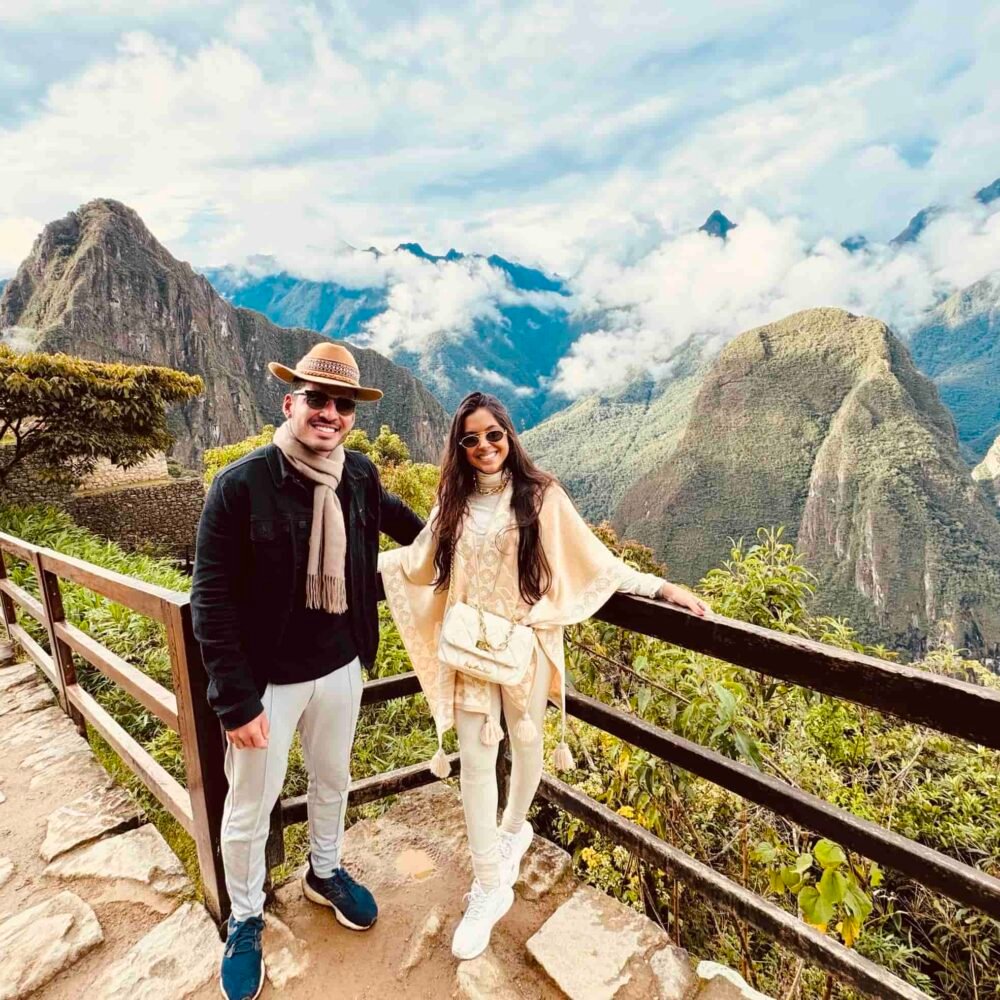
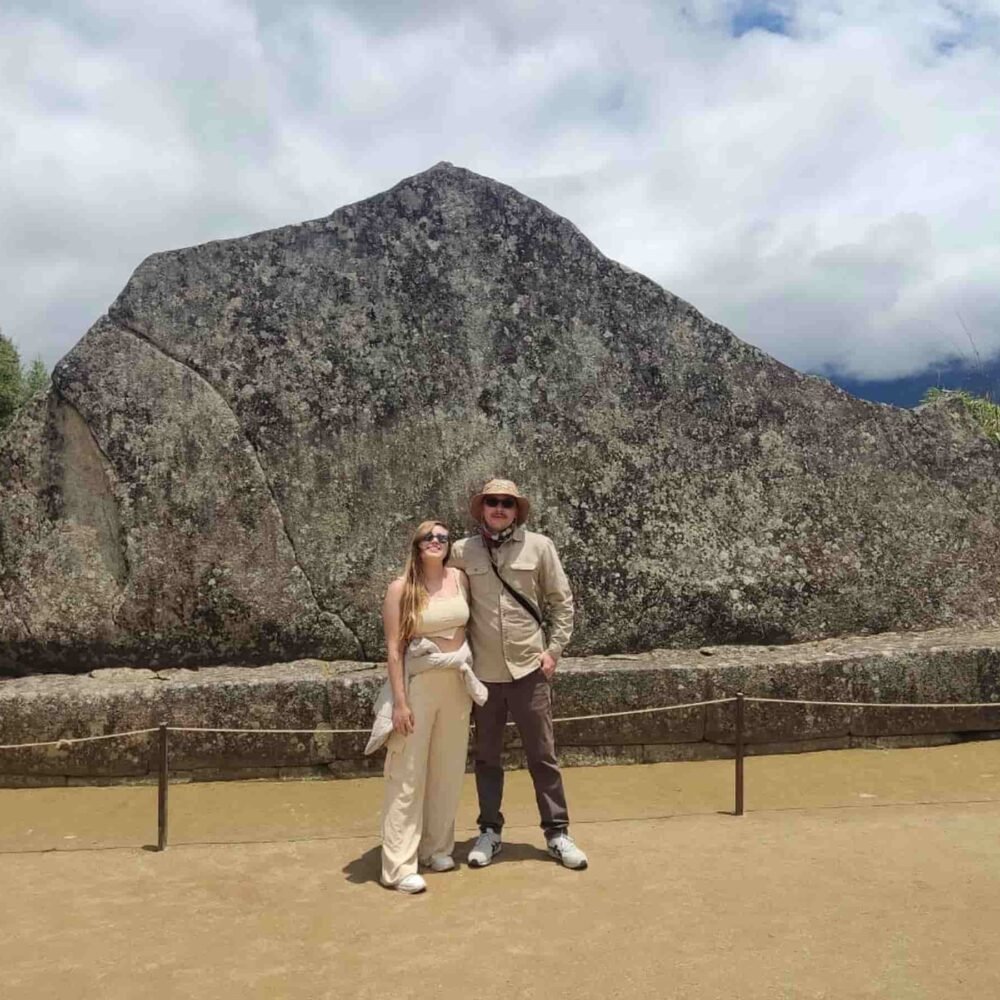
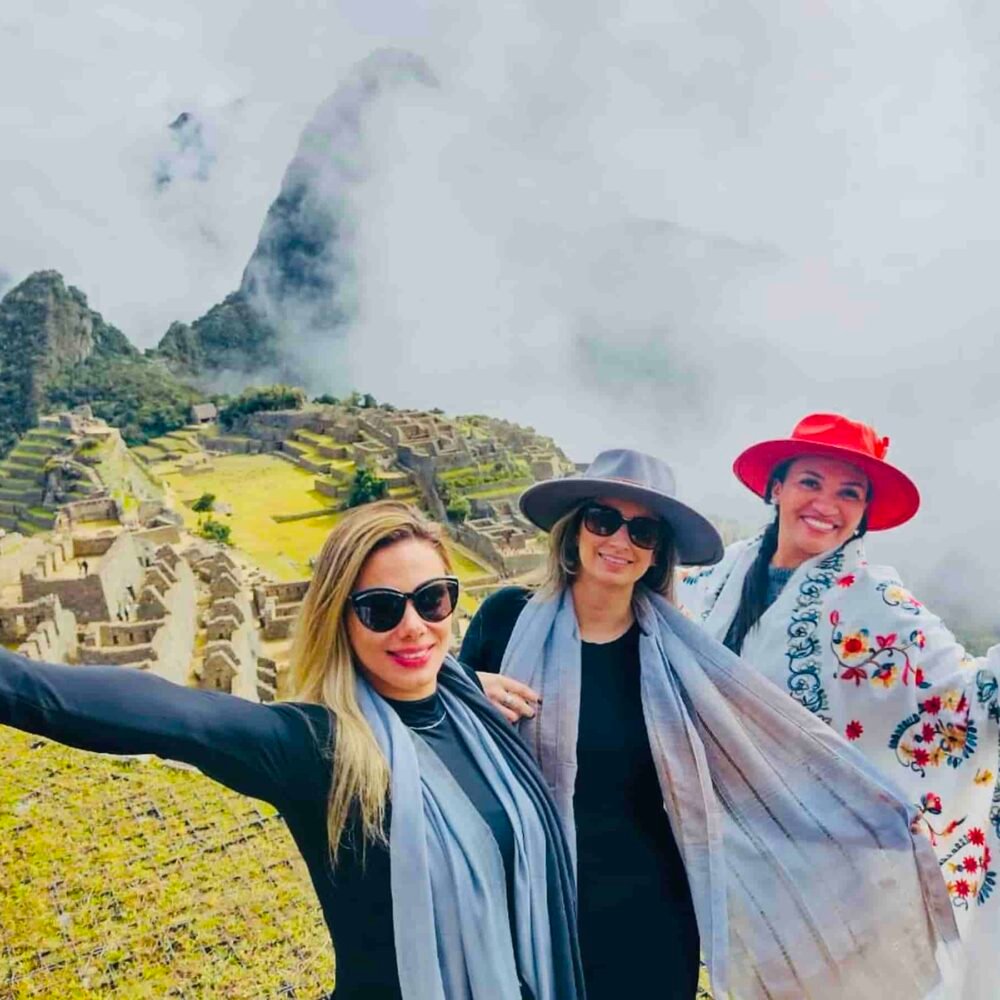

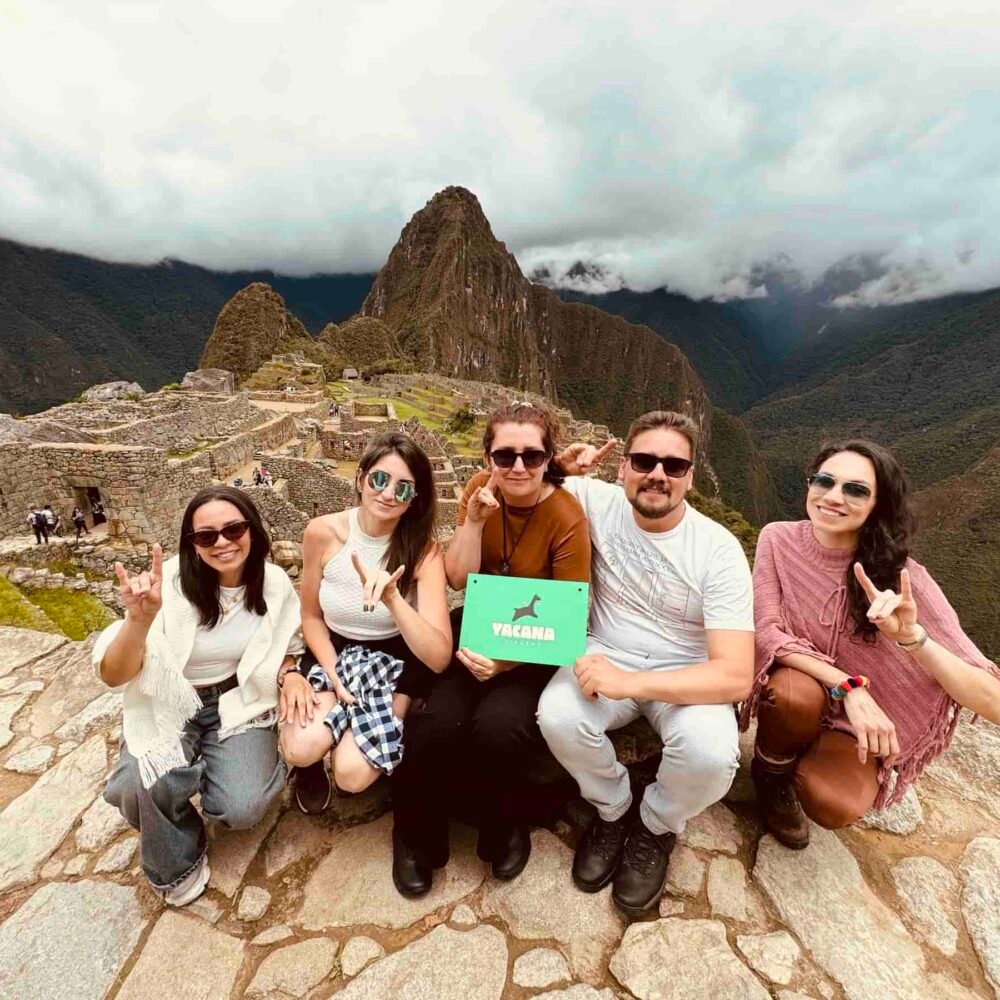

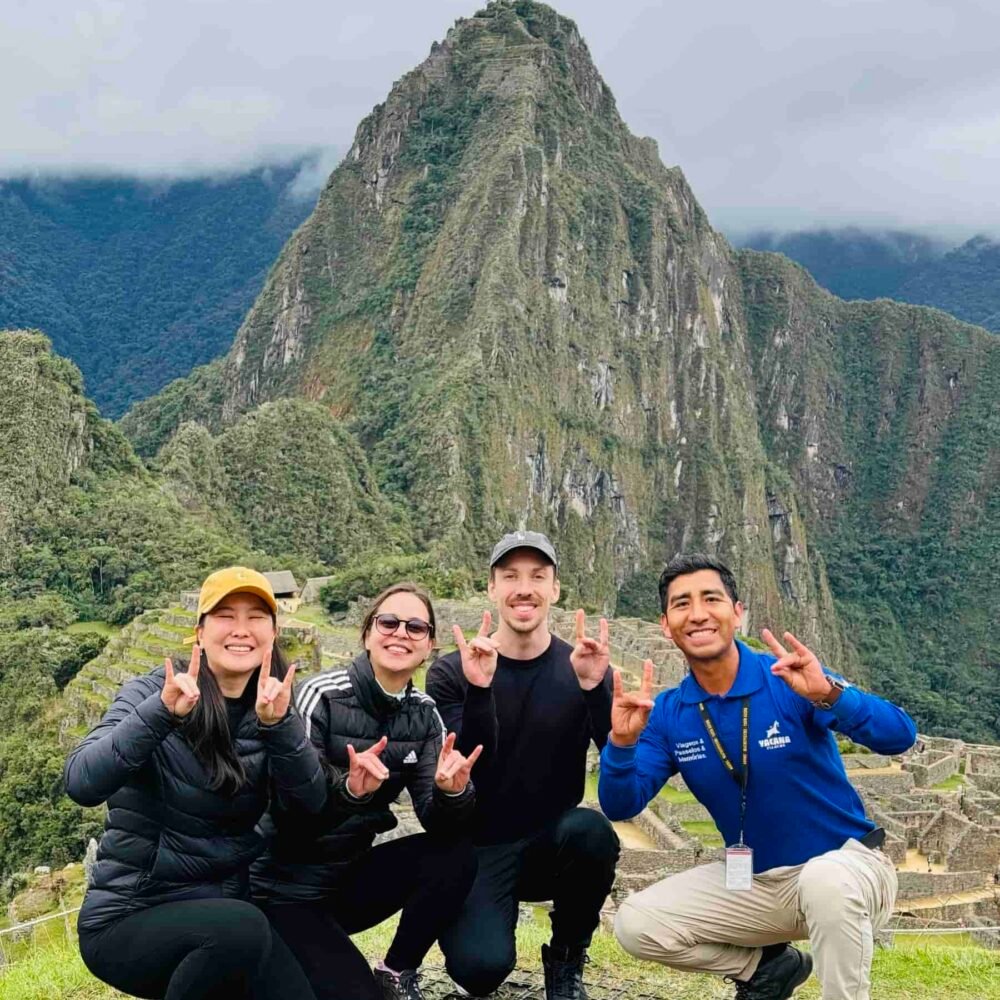
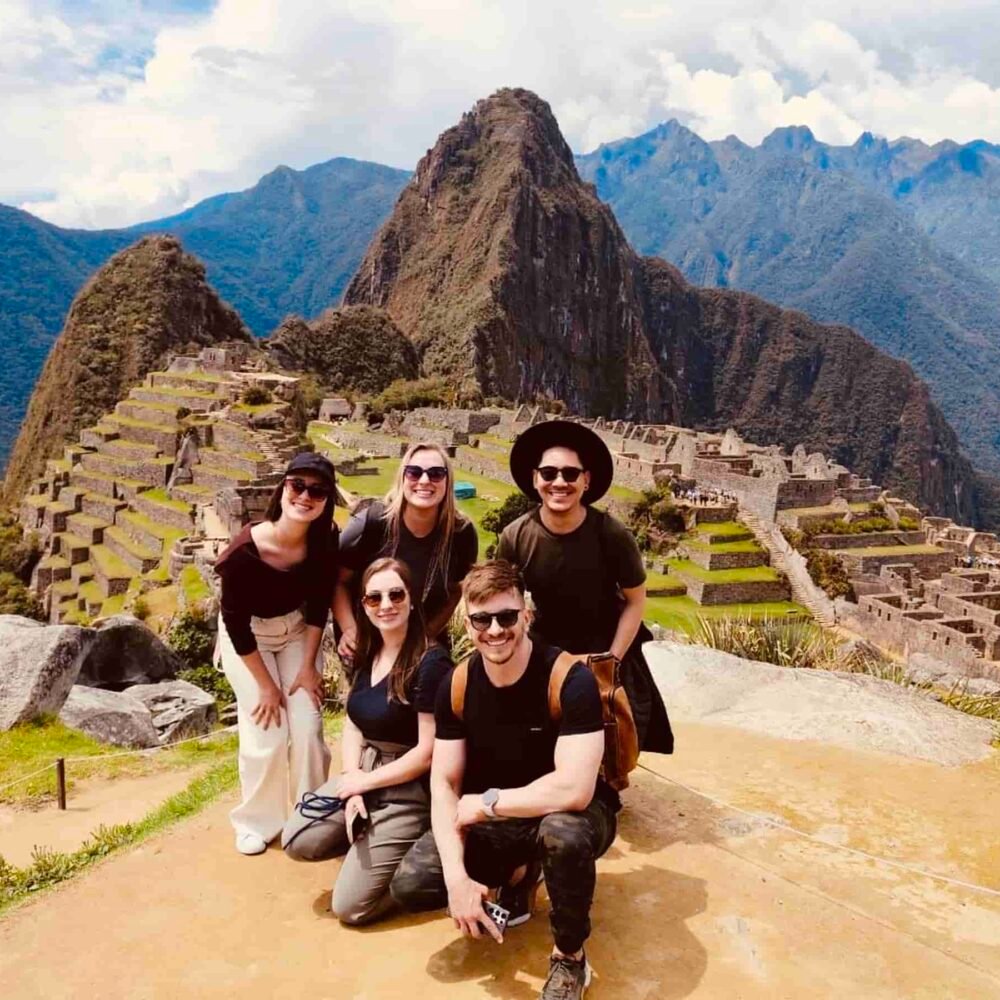
Explore more ways to discover Peru with these related tours. Each option highlights a different region or activity—whether you’re trekking remote Andean passes, joining a cultural stay in a highland village, or navigating Amazon waterways. All tours run in small groups with local guides, eco-friendly gear, and clear itineraries. Review the details to find the trip that matches your pace, interests, and travel style
The Salkantay Trek, is one of the best alternative routes to Machu Picchu. Trekking to Machu Picchu along the Salkantay trail is an excellent opportunity to connect with nature and